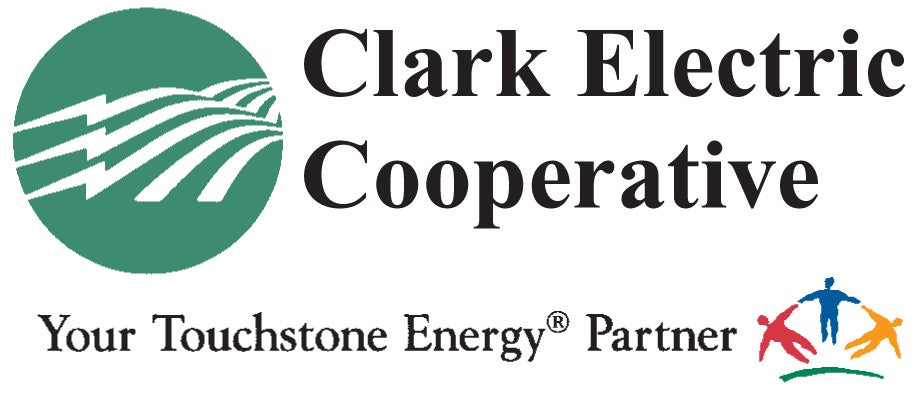Are you burnt out on that old lighting system in your business? Why not brighten things up with a lighting upgrade? Any project involves crucial steps to success, as well as fundamental mistakes to avoid. Here are things you should and shouldn't do to optimize your lighting upgrade.
You should:
Switch to LEDs. LEDs are up to 75% more efficient than conventional lights and come with other features that can benefit your business. LEDs last much longer, reducing maintenance issues and costs. LEDs also provide superior light quality and are adjustable for brightness and warmth, allowing you to create a more productive and visually appealing workplace. Finally, LEDs are dimmable and start instantly, making a perfect fit for energy-saving controls.
Add controls. Even the most efficient lights waste energy lighting empty spaces. Automated controls optimize savings and add convenience. Controls — such as timers, occupancy sensors and photosensors — dim lights or switch them on and off based on time, occupancy, light level or a combination of strategies. Wireless light controls add flexibility and are cheaper to install.
Make the right match. Your new lighting system may not live up to expectations unless it's properly configured to match the needs of the application and the space. The quantity of light needed depends largely on the application or the tasks being performed. The Illuminating Engineering Society provides recommended light levels for a variety of applications and tasks.
You shouldn't:
Operate in the dark. Information is vital in making good investment decisions. Gather records about the lighting system installation and maintenance: age, type, fixture wattage and so on. A lighting audit can help measure the financial worth of an upgrade. Your lighting contractor should provide a detailed installation checklist spelling out exactly what will be done. ANSI/IES LP-9-20: Upgrading Lighting Systems in Commercial and Industrial Facilities gives valuable guidance on upgrades.
Get too off color. The color temperature output of light fixtures — measured in Kelvin (K) — can affect employee productivity. Studies show that employees prefer warm light (3,000 K) in breakrooms, a color in the mid-range (4,000 K) for conference rooms, and cool light (5,000 K) in offices or work areas to improve alertness and mood.
Lose your focus. Although LEDs are durable and have a long-rated life, proper maintenance is critical to optimizing performance over time. Light output decreases over time and dirt accumulation on lamps and fixtures reduces their effectiveness. Implement a regular maintenance and cleaning schedule that includes group relamping, which saves on labor costs and ensures more uniform lighting.
Planning is important for a successful lighting upgrade. Work with a qualified contractor or lighting designer to ensure you have the right system to fit your needs.

